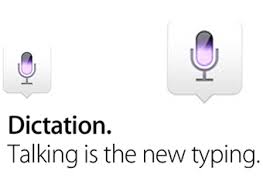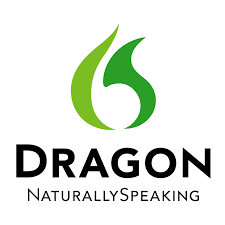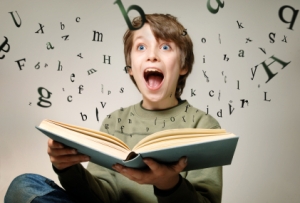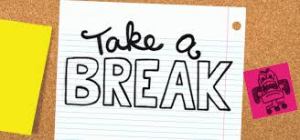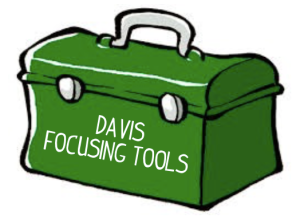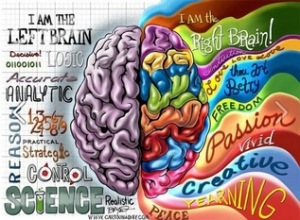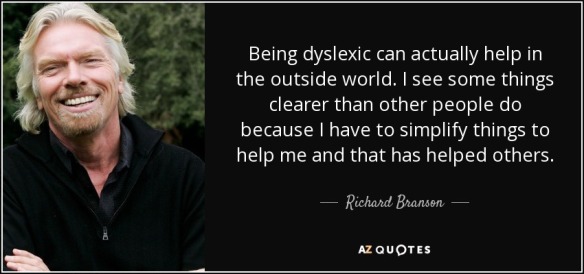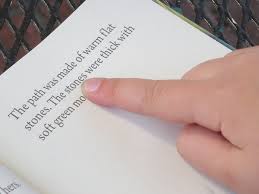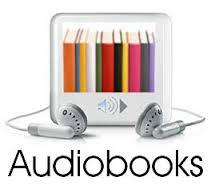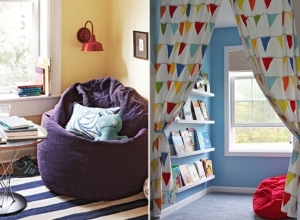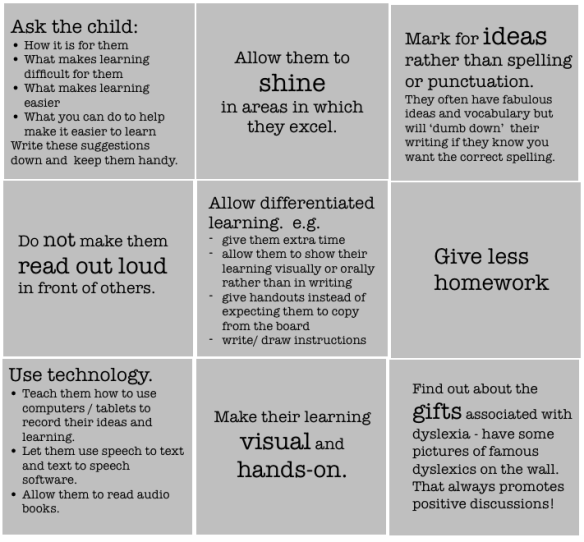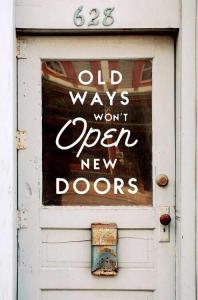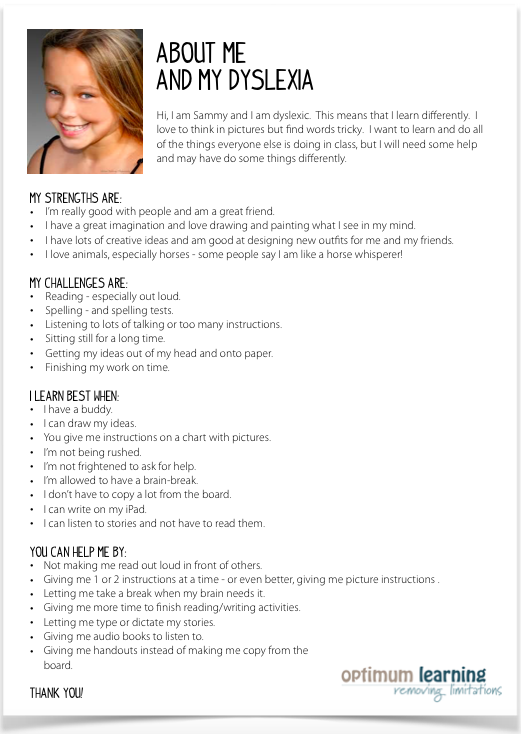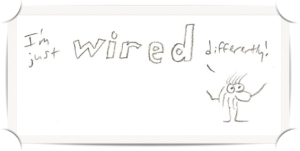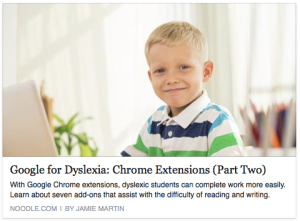Over the past few weeks, I have been sharing – and busting – some common myths regarding learning differences such as dyslexia, ADD/ADHD and autism. The final myth in the series is:
Myth #5: “To improve, all my dyslexic child needs to do is try harder.”
 Because dyslexics rely more on the right ‘visual-spatial’ side of their brain, rather than the left ‘linear-sequential’ side, literacy (and sometimes numeracy) does not always come as naturally to them as it does to more linear-sequential ‘word thinkers.’ Dyslexic learners often have to work a lot harder to get to the same point as their peers in reading and writing. Please believe me when I tell you that they are trying hard. They are trying very hard. Just to keep up. To keep their head above water. Often they are trying so hard, they are utterly exhausted by the end of the school day.
Because dyslexics rely more on the right ‘visual-spatial’ side of their brain, rather than the left ‘linear-sequential’ side, literacy (and sometimes numeracy) does not always come as naturally to them as it does to more linear-sequential ‘word thinkers.’ Dyslexic learners often have to work a lot harder to get to the same point as their peers in reading and writing. Please believe me when I tell you that they are trying hard. They are trying very hard. Just to keep up. To keep their head above water. Often they are trying so hard, they are utterly exhausted by the end of the school day.
Instead of telling your child to try harder, you could acknowledge how hard they are already trying, let them know that you understand that reading/writing/spelling (or whatever else) can feel difficult for them, and ask them what you can do to help make it easier for them.
For some tips on reading with your dyslexic child to make it easier for them (and you), you can read my blog post: Reading at Home with your Dyslexic Child – 10 Tips for Parents.
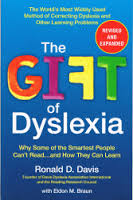 In the Davis Dyslexia Programme, we teach your child how to focus and their brain, to eliminate feelings of stress and anxiety, and to regulate their energy levels, so that they are able to be relaxed and focused (and re-focus when needed) when reading and writing, rather than having to ‘work hard’ or ‘concentrate’.
In the Davis Dyslexia Programme, we teach your child how to focus and their brain, to eliminate feelings of stress and anxiety, and to regulate their energy levels, so that they are able to be relaxed and focused (and re-focus when needed) when reading and writing, rather than having to ‘work hard’ or ‘concentrate’.
For more information on dyslexia, autism and other learning differences, head over to my website: http://www.optimumlearning.co.nz or drop me an email at melanie@optimumlearning.co.nz. I’d love to hear from you 🙂
____________________________________________________________________________________________________
Previous myth-busting posts:
Myth #1 – Dyslexia is a learning disability
Myth #2 – We need to make autistic people learn how to act normally
Myth #3 – My child just needs to concentrate more
Myth #4 – Using technology is cheating


